
Francis Gwynne Tudor was an Australian politician who served as the leader of the Australian Labor Party from 1916 until his death. He had previously been a government minister under Andrew Fisher and Billy Hughes.

William Henry Laird Smith was an Australian politician who served in the House of Representatives from 1910 to 1922. He was Minister for the Navy in the Hughes government from 1920 to 1921.
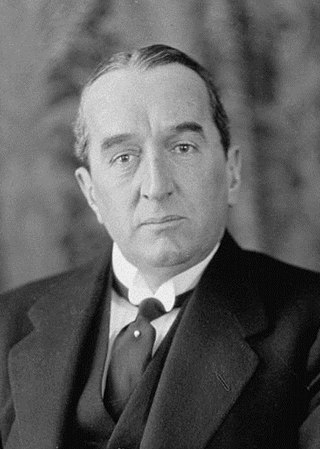
The 1925 Australian federal election was held in Australia on 14 November 1925. All 75 seats in the House of Representatives and 22 of the 36 seats in the Senate were up for election. The incumbent Nationalist–Country coalition, led by Prime Minister Stanley Bruce, defeated the opposition Labor Party led by Matthew Charlton in a landslide. This was the first time any party had won a fourth consecutive federal election.

The 1922 Australian federal election was held in Australia on 16 December 1922. All 75 seats in the House of Representatives, and 19 of the 36 seats in the Senate were up for election. The incumbent Nationalist Party, led by Prime Minister Billy Hughes lost its majority. However, the opposition Labor Party led by Matthew Charlton did not take office as the Nationalists sought a coalition with the fledgling Country Party led by Earle Page. The Country Party made Hughes's resignation the price for joining, and Hughes was replaced as Nationalist leader by Stanley Bruce.
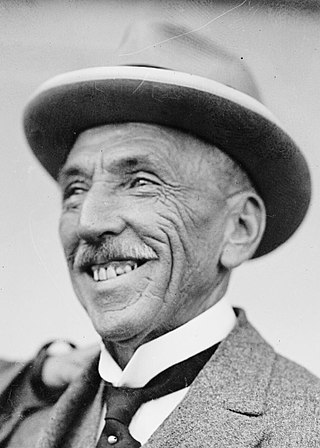
The 1919 Australian federal election was held on 13 December 1919 to elect members to the Parliament of Australia. All 75 seats in the House of Representatives and 19 of the 36 seats in the Senate were up for election. The incumbent Nationalist Party government won re-election, with Prime Minister Billy Hughes continuing in office.

The 1917 Australian federal election was held in Australia on 5 May 1917. All 75 seats in the House of Representatives and 18 of the 36 seats in the Senate were up for election. The incumbent Nationalist Party, led by Prime Minister Billy Hughes, defeated the opposition Labor Party led by Frank Tudor in a landslide.

James Ernest Ogden was an Australian politician who was elected to the Tasmanian House of Assembly and the Australian Senate.
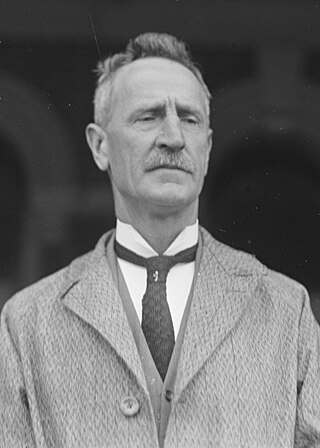
John Henry Prowse was an Australian politician. Born in Adelong, New South Wales, he was educated at public schools and then at Kings College, Melbourne. He became an insurance agent and then a station owner in Western Australia, where he eventually became a Perth City Councillor, serving as Mayor 1913–1914. In 1919, Prowse was elected to the Australian House of Representatives as the member for Swan, representing the Farmers' and Settlers' Association, which in 1920 solidified to become the Australian Country Party. Prowse transferred to the new seat of Forrest in 1922, allowing party colleague Henry Gregory to contest Swan. He served as chairman of committees from 1934 to 1943, the first member of his party to hold the position.
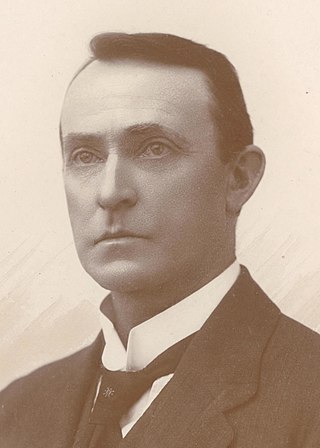
David John O'Keefe was an Australian politician and journalist. He was a member of the Australian Labor Party (ALP) and served in both houses of federal parliament, as a Senator for Tasmania and holding the House of Representatives (1922–1925). He subsequently entered state parliament, serving as Speaker of the Tasmanian House of Assembly (1934–1942). Prior to entering politics he had been the editor of the Zeehan and Dundas Herald on Tasmania's west coast.
This is a list of the members of the Australian House of Representatives in the 17th Australian Parliament, which was elected at the 1943 election on 21 August 1943. The incumbent Australian Labor Party led by Prime Minister of Australia John Curtin defeated the opposition Country Party led by Arthur Fadden with coalition partner the United Australia Party (UAP) led by Billy Hughes. On 21 February 1945, the parliamentary UAP was dissolved and replaced by the newly established Liberal Party.

Walter Leslie Duncan was an Australian politician and trade unionist. He was a Senator for New South Wales from 1920 to 1931.
This is a list of the members of the Australian House of Representatives in the 10th Australian Parliament, which was elected at the 1925 election on 14 November 1925. The incumbent Nationalist Party of Australia led by Prime Minister of Australia Stanley Bruce in power since 1922 with coalition partner the Country Party led by Earle Page defeated the opposition Australian Labor Party led by Matthew Charlton. The Nationalist won 11 seats, they did not take at the 1922 election, although five of them were held by Liberal Party members, who had joined the Nationalist government after Bruce became Prime Minister in February 1923.
This article provides information on candidates who stood for the 1919 Australian federal election. The election was held on 13 December 1919.
This article provides information on candidates who stood for the 1922 Australian federal election. The election was held on 16 December 1922.
This is a list of members of the Australian Senate from 1926 to 1929. Half of its members were elected at the 16 December 1922 election and had terms starting on 1 July 1923 and finishing on 30 June 1929; the other half were elected at the 14 November 1925 election and had terms starting on 1 July 1926 and finishing on 30 June 1932. The process for filling casual vacancies was complex. While senators were elected for a six-year term, people appointed to a casual vacancy only held office until the earlier of the next election for the House of Representatives or the Senate.
The Industrial Socialist Labor Party, Industrial Labor Party and the Independent Labor Party were short lived socialist political parties in Australia in 1919 and the early 1920s. The Industrial Socialist Labor Party was founded by radical socialist members of the industrial wing of the Australian Labor Party (ALP), at a time when the ALP's socialist ideology was a matter of intra-party dispute. It was closely aligned with the Industrial Workers of the World (IWW) and the One Big Union (OBE) movement.

The New South Wales Labor Party, officially known as the Australian Labor Party and commonly referred to simply as NSW Labor, is the New South Wales branch of the Australian Labor Party (ALP). The branch is the current ruling party in the state of New South Wales and is led by Chris Minns, who has served concurrently as premier of New South Wales since 2023.

The Storey ministry was the 37th ministry of the New South Wales Government, and was led by the 20th Premier, John Storey.

Francis Henry Bryant was an Australian politician.
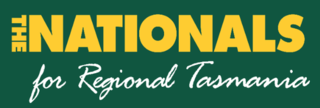
The Tasmanian Nationals are a political party in the Australian state of Tasmania, aligned with the National Party of Australia. The party is not currently registered with the Tasmanian Electoral Commission, and is not separately registered with the Australian Electoral Commission, unlike the other state branches of the Nationals.















